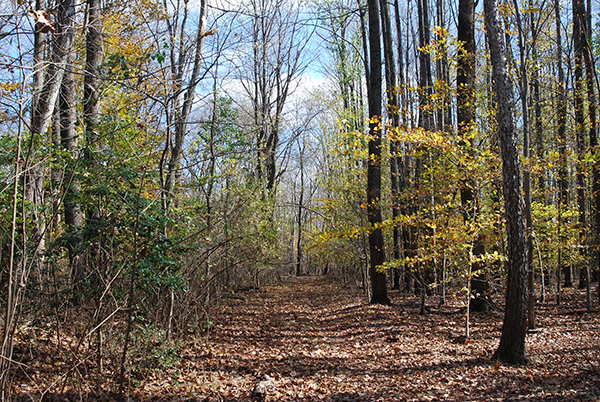Conservation Reserve Enhancement Permanent Easement Program (CREP)
Main_Content
The Conservation Reserve Enhancement Permanent Easement Program is now available statewide- see the announcement:
DNR Expands Successful Program For Agricultural Landowners To Protect Waterways Statewide
 A perpetual Conservation Reserve Enhancement Permanent Easement (CREP) is a written legal agreement between a landowner and the State of Maryland in which there is an acquired permanent interest in the land to install or maintain conservation practices that protect water quality and natural resources. The Easement option is available only to landowners who have an existing federal CREP or CRP contract and who have installed the prescribed CREP or CRP conservation practice(s). After the federal contract expires, the landowner agrees to keep the land in an approved conservation practice as defined in a conservation management plan or forest stewardship plan forever. The conservation values of the property and the restrictions that preserve those values, along with the rights reserved by the landowner, are detailed in a legal document known as a conservation easement. This document is filed with the county land records. The conservation easement is conveyed to a government agency or nonprofit conservation organization qualified to hold and enforce easements. These conditions and rights apply to the current owner and all future landowners, permanently protecting the property and instituting a stewardship ethic that passes through the generations. Each conservation easement is unique, specifically tailored to the particular land being protected as well as to the particular situation of the landowner. The restrictions on land use are specified in the easement and generally state that the land must be maintained in the vegetation type indicated in the conservation plan. No structures may be built on the lands enrolled.
A perpetual Conservation Reserve Enhancement Permanent Easement (CREP) is a written legal agreement between a landowner and the State of Maryland in which there is an acquired permanent interest in the land to install or maintain conservation practices that protect water quality and natural resources. The Easement option is available only to landowners who have an existing federal CREP or CRP contract and who have installed the prescribed CREP or CRP conservation practice(s). After the federal contract expires, the landowner agrees to keep the land in an approved conservation practice as defined in a conservation management plan or forest stewardship plan forever. The conservation values of the property and the restrictions that preserve those values, along with the rights reserved by the landowner, are detailed in a legal document known as a conservation easement. This document is filed with the county land records. The conservation easement is conveyed to a government agency or nonprofit conservation organization qualified to hold and enforce easements. These conditions and rights apply to the current owner and all future landowners, permanently protecting the property and instituting a stewardship ethic that passes through the generations. Each conservation easement is unique, specifically tailored to the particular land being protected as well as to the particular situation of the landowner. The restrictions on land use are specified in the easement and generally state that the land must be maintained in the vegetation type indicated in the conservation plan. No structures may be built on the lands enrolled.